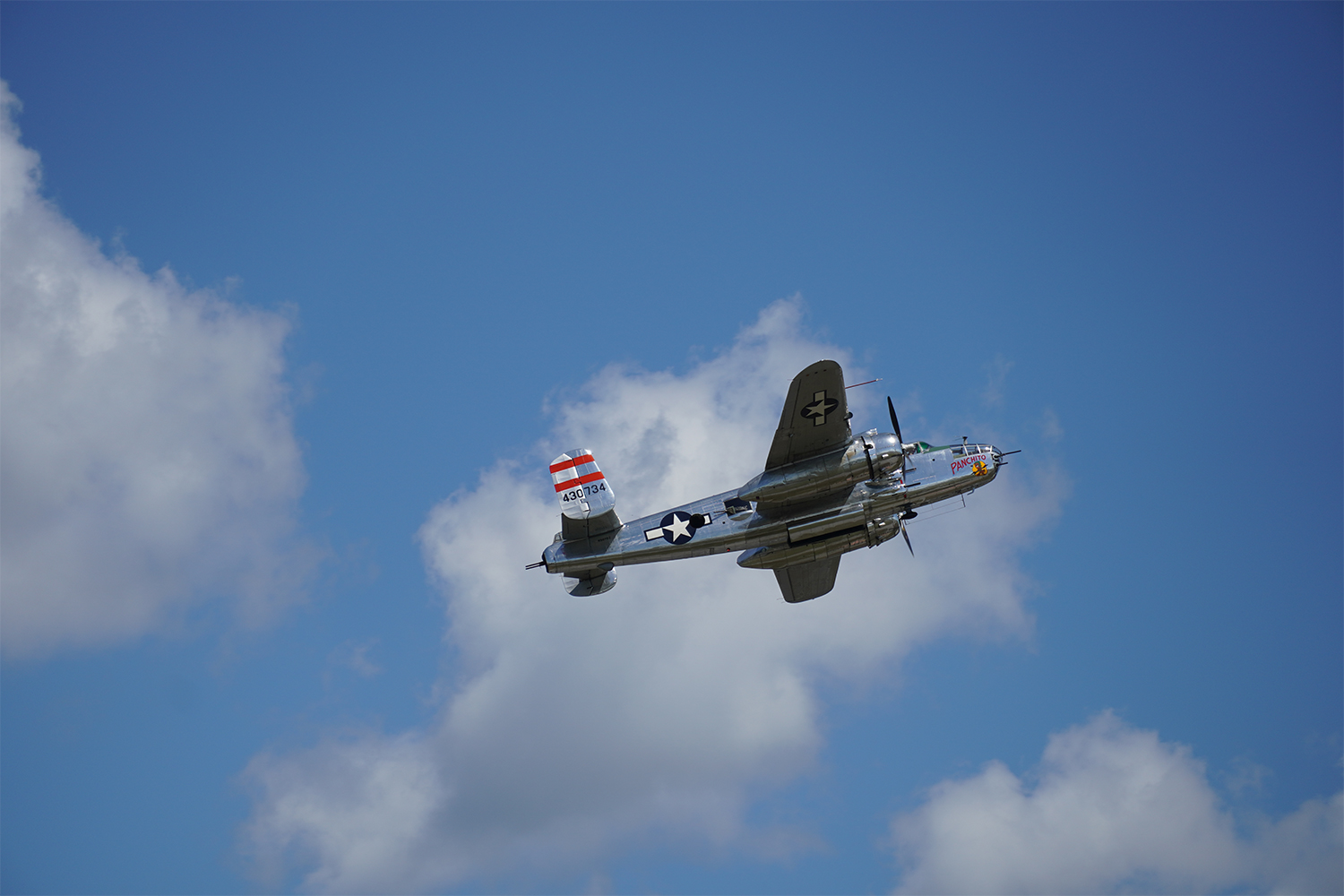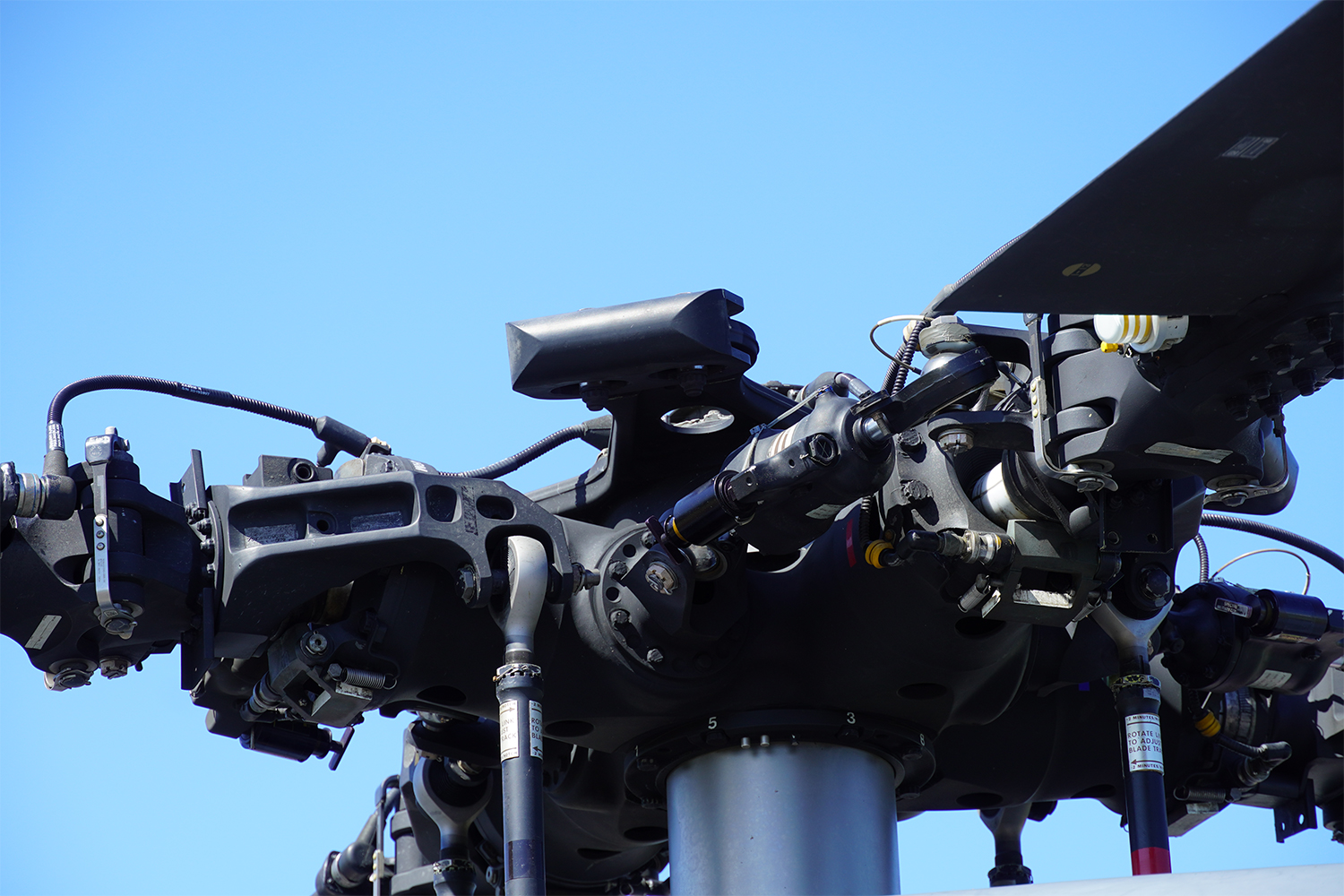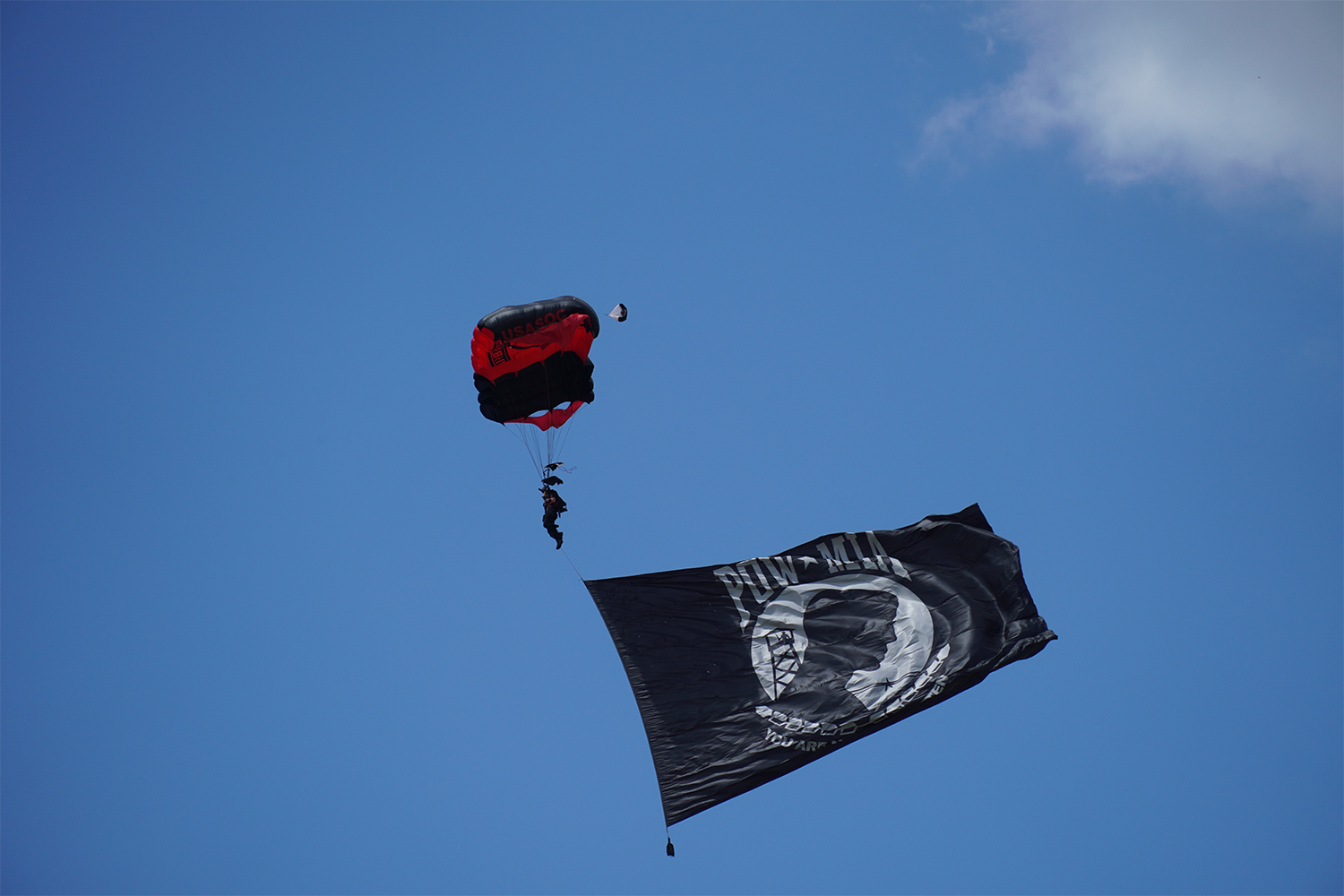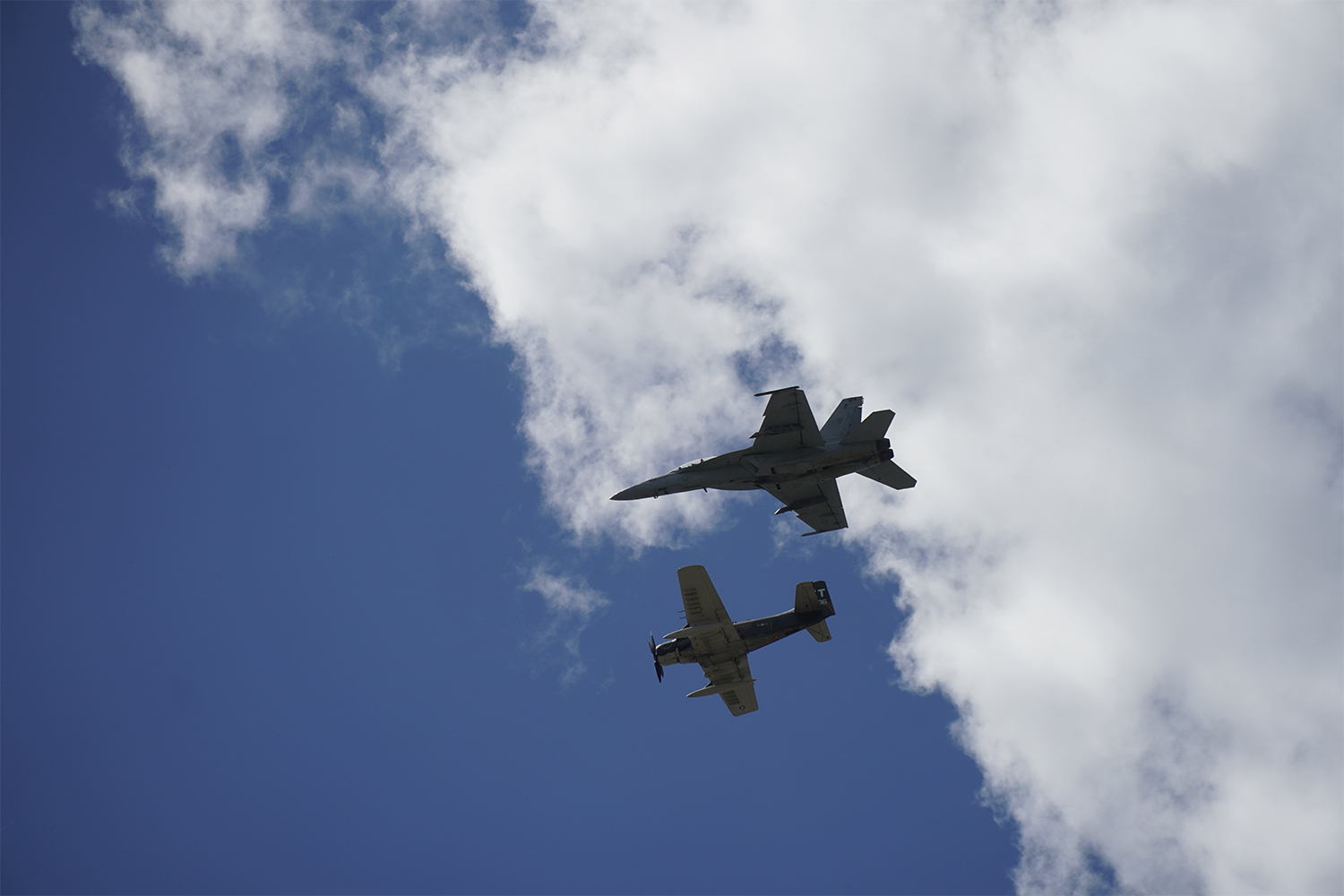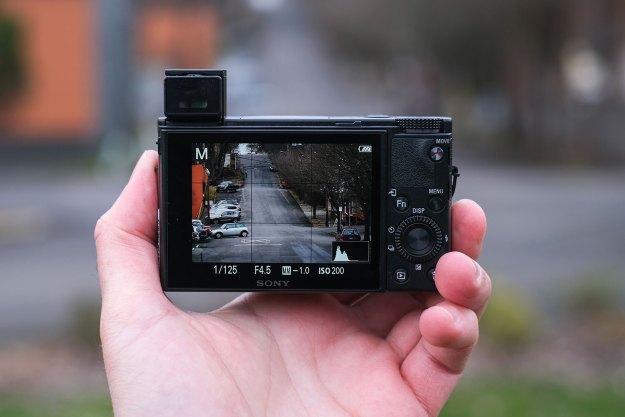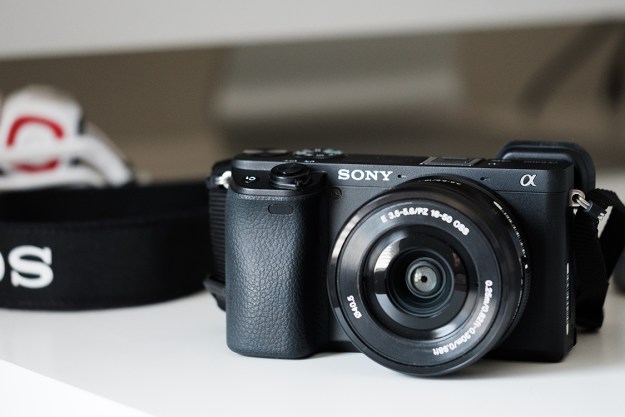
“Artificial Intelligence gives the A6400 a huge leap forward in autofocus performance.”
- Great new autofocus system
- Solid image quality across the board
- Expanded ISO range up to 102,600
- 180-degree flip screen
- Very good value for the price
- No in-body image stabilization
- AF performance depends on lens used
- Some frustrating user interface elements
The Sony A6400 is a rather ordinary-looking mirrorless camera, but it is shaking up the camera industry. No, it doesn’t have a 10-billion-megapixel sensor — in fact, it has the same 24 megapixels as the A6300 that preceded it. But that doesn’t mean it won’t give you better results. It’s borrowed key technologies from Sony’s full-frame cameras, despite costing half as much, including a cutting-edge focusing system that lets photographers concentrate on their images — what a novel concept — rather than fumbling with controls and settings while they shoot. This system is split into two sub-modes, Real-Time Eye-AF and Real-Time Tracking, and it may just be the best autofocus we’ve ever seen.
And that’s enough to make the A6400 one of, if not the, best sub-$1,000 cameras you can buy.
Design and Usability
The layout and feel of the Sony Alpha A6400 breaks no new ground as it looks and handles like almost every other A6000-series camera. It has a utilitarian vibe which isn’t such a bad thing, but you don’t get the classic good looks of the Fujifilm X-T30. It measures 4.75 x 2.75 x 2 inches and weighs 14.3 ounces with the battery and card. Add a lens and that number goes up, such as the 12-ounce 18-135mm f/3.5-5.6 7.5x zoom used during our tests. Sony has 48 native lenses to choose from now, covering full-frame and APS-C varieties, which is one of its advantages over competing mirrorless formats. Given the wide third-party support from Sigma, Zeiss, Tamron, Rokinon, and others, there’s no shortage of options. Note that the A6400 does not have in-body image stabilization like the A6500, so it’s highly recommended you buy lenses with optical stabilization built in (like the 18-135mm).
On the top deck starting from the left is the 2.36-million-dot electronic viewfinder (EVF), hot shoe, pop-up flash, and mode and control dials. On the grip you’ll find the power and shutter controls and a custom button. The grip is comfortable protrudes quite a bit farther from the body than other cameras in this class, like the X-T30, but it’s still relatively thin — we always recommend getting your hands on a camera before buying to see how it fits.
In addition to the EVF, there’s a 3-inch, articulating LCD touchscreen on the back that can flip up into selfie mode. At 921,000 dots, there are much better monitors out there — this one is also a 16×9 screen, which is great for video, but still photos won’t fill the frame.
You shouldn’t have to dig into the menus too often.
There’s a decent amount of direct access control, with a focus/exposure lock lever, function keys, and a second control dial on the rear of the camera. It’s no Sony A9, but it’s certainly not bad for the class, and you shouldn’t have to dig into the menus too often.
We noted the A6400 breaks no new ground regarding the overall style and layout. Sony again left the Movie Record button in a hard-to-reach spot on the right edge of the camera. This is annoying, but it’s relatively simple to designate the C1 custom key for that function if you use it frequently.
You’ll find microphone, HDMI, and USB connections on the side of the camera, but, sadly, there’s no headphone jack. The camera also has Wi-Fi and NFC connectivity for sharing photos straight to your mobile device.
The battery is rated for 360 shots per CIPA testing, decent for a
Performance
To be honest, you’d be hard pressed not to capture good images with any $1,000 camera in 2019. The A6400 doesn’t really offer objective image quality benefits over other APS-C cameras, but it does make getting good pictures much easier thanks to Real-Time Eye AF and Real-Time Tracking. This is the bleeding edge of autofocus technology, and no other camera manufacturer can keep up with it.

One of our favorite features of Sony cameras has always been Eye-AF, where the camera focuses on your subject’s eye even as the person moves through the frame. Real-Time Eye AF improves on this system by making it more accurate and easier to use. Trained via artificial intelligence, the camera automatically detects eyes when they are present, and will switch to Real-Time Tracking (which can recognize various different objects) to continue following subject if they turn around or their eyes otherwise become obscured. It also lets you choose which eye to focus on, or you can set it to automatic.
This offers an incredible advantage for any type of photography with a human subject, from posed portraits to sports and action shots, and the system is reliable enough that it almost always gives consistent and predictable results.
It does depend on the lens attached to the camera, however. Our test rig for this review consisted of the A6400 body and the 18-135mm and 16-50mm zooms, a pair of relatively affordable lenses ($599 and $299 respectively). But during our initial hands on at a press event, we also got to try it with very high-end Sony G Master lenses, and we found that AF performance is radically impacted by lens quality. This is hardly a surprise — one would expect a $2,000 lens to outperform a $300 one — but it’s something to be aware of. This is not an expensive camera, but you’ll need an expensive lens to truly take advantage of its best new feature.
The A6400 makes getting good pictures much easier thanks to Real-Time Eye AF and Real-Time Tracking.
Besides the new Real-Time features, the A6400 received a few other boosts compared to older Alpha series cameras — and one glaring omission. The hybrid autofocus system has been improved to 425 phase detect points combined with 425 contrast detect points, an improvement over the more expensive A6500 ($1,200, body only) which had 425 points, but could only use contrast detection on 169 of them. The new system covers 84 percent of the image area, close to the 93 percent of the full-frame flagship A9.
The A6400’s autofocus is the fastest of any Sony yet, with a stated .02-second acquisition speed, a world’s best. (Sony seems to make hundredth-second improvements in autofocus with each new camera that comes out, and we’d be lying if we said we could always notice the difference; the A6400 certainly felt very fast, however).
Continuous shooting speed is also very high at 11 frames per second. Not only is it fast, but the buffer depth has also been increased, letting you shoot 116 frames in JPEG or 46 in compressed RAW — that’s 2.5 times more than the Fujifilm X-T30. To take advantage of that speed, you’ll want to use a high-speed and high-capacity SD card.
Since fast-focusing and a high framerate are key features of the A6400, we took our gear to the Melbourne FL Air Show. Nothing is as good a test for autofocus and continuous shooting performance as jets, helicopters, and vintage aircraft zooming by. Even with the 18-135mm, we really need more reach to get the best photos, but fortunately, the A6400 grabbed shots that were sharp enough that we could crop them without too much difficulty. What was most impressive was how accurately the camera focused on the various flying objects. The Real-Time Tracking is terrific.
While at the Air Show, we ran into one of the biggest problems with the A6400 — poor battery life. Granted, we were cranking out lots of high-speed bursts and videos, but it was also really hot, which is not great for battery performance. After about two hours, we reached the dreaded “Battery Exhausted” display, rendering the camera and lens into a $1,500 paper weight. We have no problem recommending this camera, but, again, invest in a spare battery or two if you want to do any serious work with it.
After about two hours, we reached the dreaded “Battery Exhausted” display.
We did most of our shooting using the EVF, but the monitor actually held up pretty well in the strong sunshine. This came in quite handy as we panned along with the aircraft flying by. We’re not big on selfies, but if you are, note that when the screen is flipped up into selfie mode, EVF eyecup will partially obscure it. You can remove the eyecup to get around this; it’s a pain, but hardly the end of the world.
And what would be a Sony review be without our usual lamentations about the menu system? It remains obtuse in so many areas. Fortunately, it’s not something you can’t get used to, but it certainly could be better. If you buy this camera, you may actually want to read the manual that comes with it, or at least look up a few YouTube videos on how to use it.
Image quality and video
Again, the biggest benefit to image quality are the new Real-Time autofocus features, which means you’ll have a higher ratio of keepers out of all the images you take. This can’t be stressed enough. Even if another camera offered objectively better image quality, we’d still lean toward the A6400 for just how easy it makes it to get great results.
Of course, finding another camera with better image quality would be tough — without going up to full-frame sensors. There’s nothing to complain about here, and even high ISO quality is quite good up to ISO 20,000 to 25,600, with a gradual deterioration as you continue up to the boosted maximum of 102,400.
The A6400 uses a similar 24MP sensor to the A6500, but the native maximum ISO has actually increased to 32,000, expandable to 102,400. That’s a full stop improvement over the A6500’s expanded max ISO of 51,200, but its native high of 25,600 is just a third of a stop behind that of the A6400. Bottom line: You should have no problems capturing low-light scenes, although a full-frame sensor will obviously be better here.
As you’d expect, the A6400 offers a solid
However, where we’ve seen companies like Fujifilm and Nikon jump forward with features like 10-bit video, Sony remains stuck in the 8-bit era. This is true for both internal and external recording. For a company with Sony’s video pedigree, this is somewhat disappointing. Fujifilm even added 10-bit HDMI output to the X-T30 — a surprise move, to be sure — and it feels a bit strange to see Sony slowing down when it comes to video innovations.
And, of course, there’s no headphone jack or in-body image stabilization. Depending on what and how you shoot, the lack of either of those things may be a deal breaker or not an issue at all.
Warranty
Sony cameras come with a standard one-year warranty.
Our Take
The Sony A6400 is a solid camera, especially considering its $900 starting price. We were very impressed with the new Real-Time autofocus technologies, which help this camera outshine the competition and make it easier than ever to take great pictures. Combined with the fast shooting speed and large image buffer, it’s the perfect for camera for shooting your kid’s soccer games or go-kart races.
We’re still not huge fans of Sony’s menus and control layouts, but these are things you can see past with time. In all, this is a very capable camera not just in the sub-$1,000 category, but in any category.
Is there a better alternative?
There’s no shortage of similar mirrorless cameras in this competitive price group. You can find the older Canon EOS M5 for $999 with a 18-150mm zoom. That two-year-old model does not record
Fujifilm’s new X-T30 ($899, body only) is a much more direct competitor to the A6400. It uses a 26.1MP APS-C sensor, shoots
How Long Will It Last?
The Sony Alpha A6400 was released in March 2019, and we expect it will be at least two years before a replacement arrives. It sits below the A6500, which has built-in image stabilization, in Sony’s APS-C mirrorless line-up. That camera is over two years old, so it wouldn’t be surprising for the company to unveil a new flagship later this year, one that would incorporate all the performance improvements seen in the A6400.
Should You Buy It?
Yes. Sony’s Real-Time Eye AF and Real-Time Tracking have changed the conversation in the camera business — everyone is talking about and praising this technology. It’s hard to overestimate its impact. Sony has set a new benchmark for autofocus that all other companies are trying to match, and that one feature, more than anything else, is what makes this camera a great buy.
Editors' Recommendations
- Fujifilm’s successor to the wildly popular X100V has just landed
- New Nikon camera gear for space station marks end of an era
- Fujifilm’s GFX 50S II is the cheapest medium-format camera ever
- Fujifilm X-T4 vs. Fujifilm X-Pro3: A difference in form and function
- The best travel cameras




